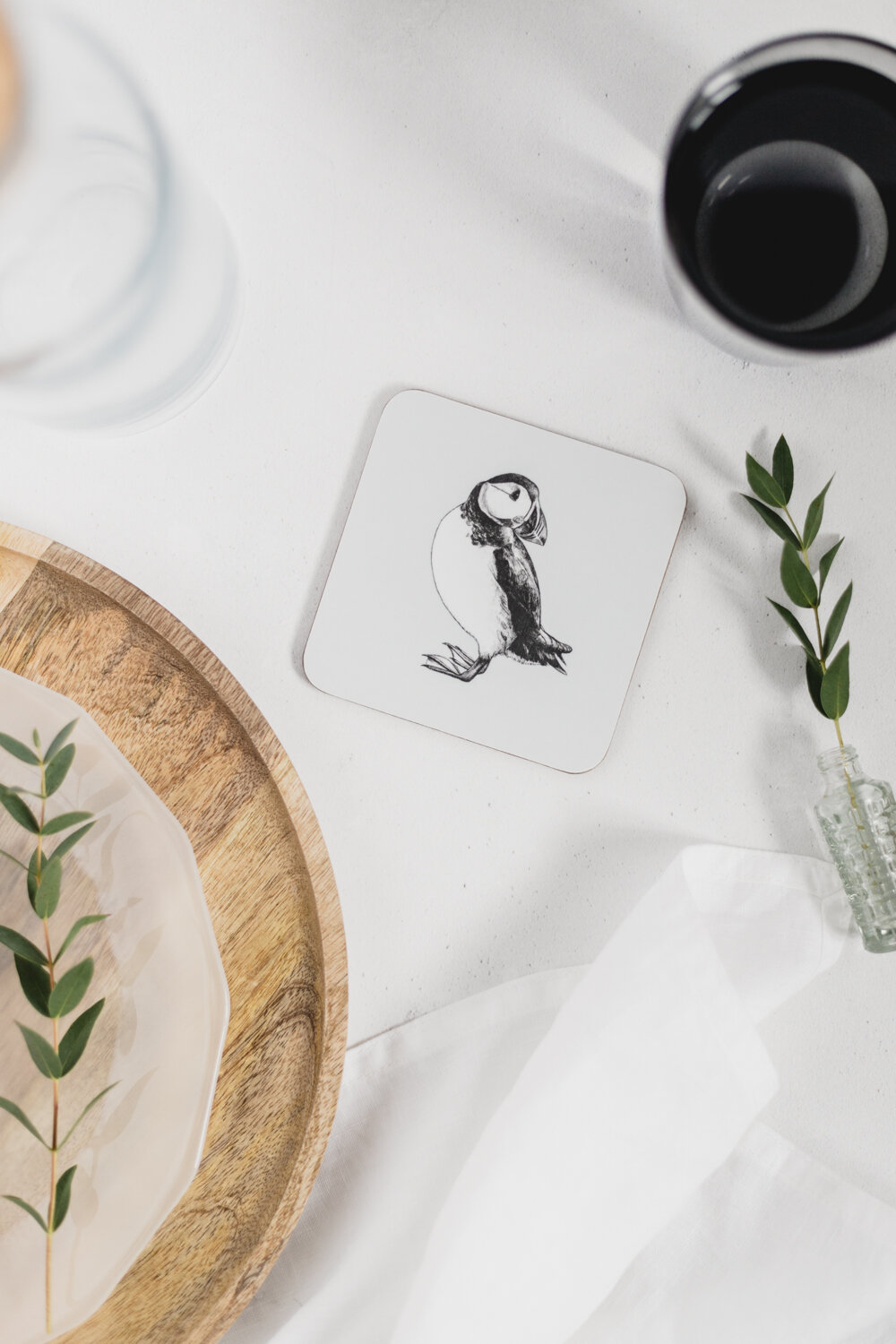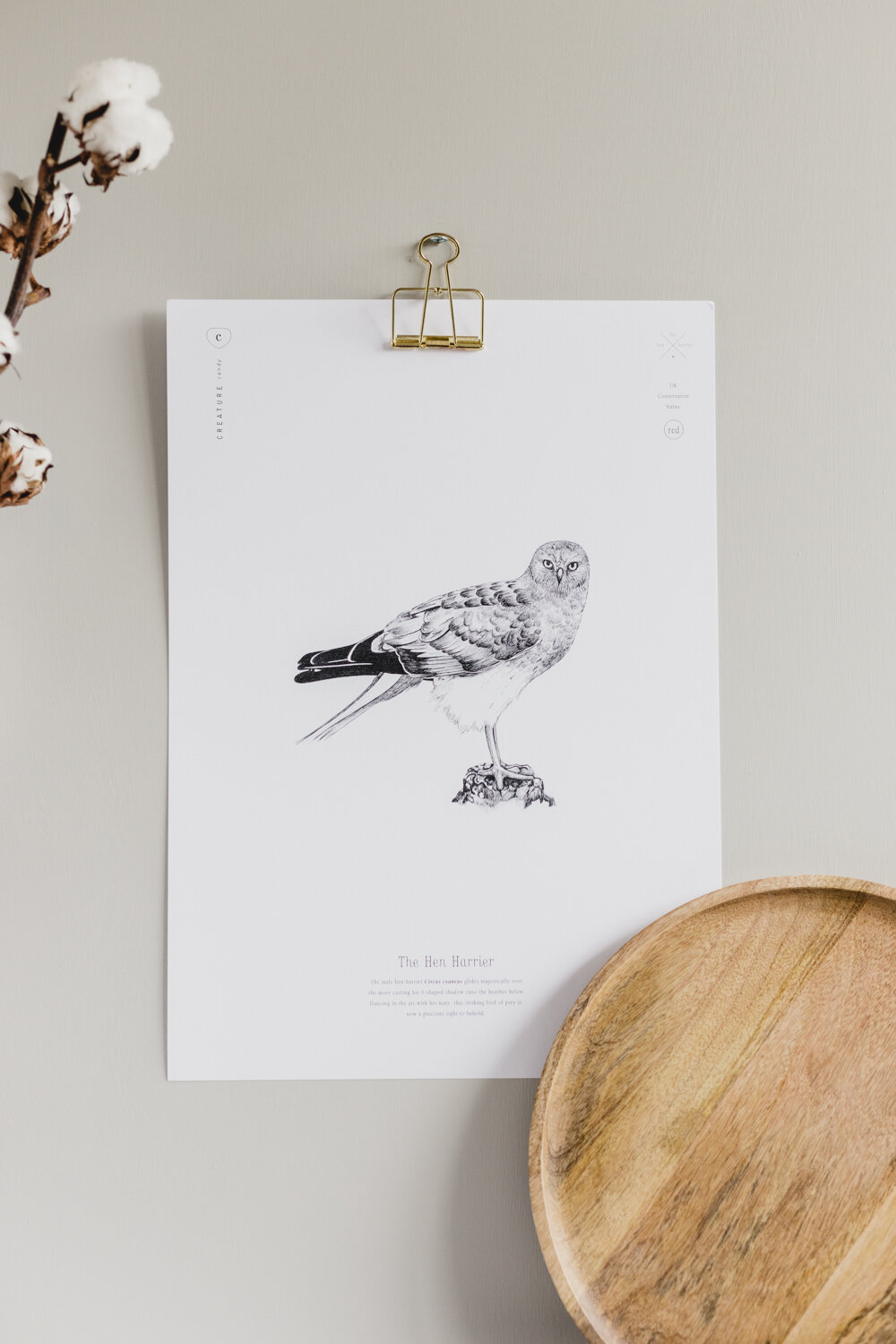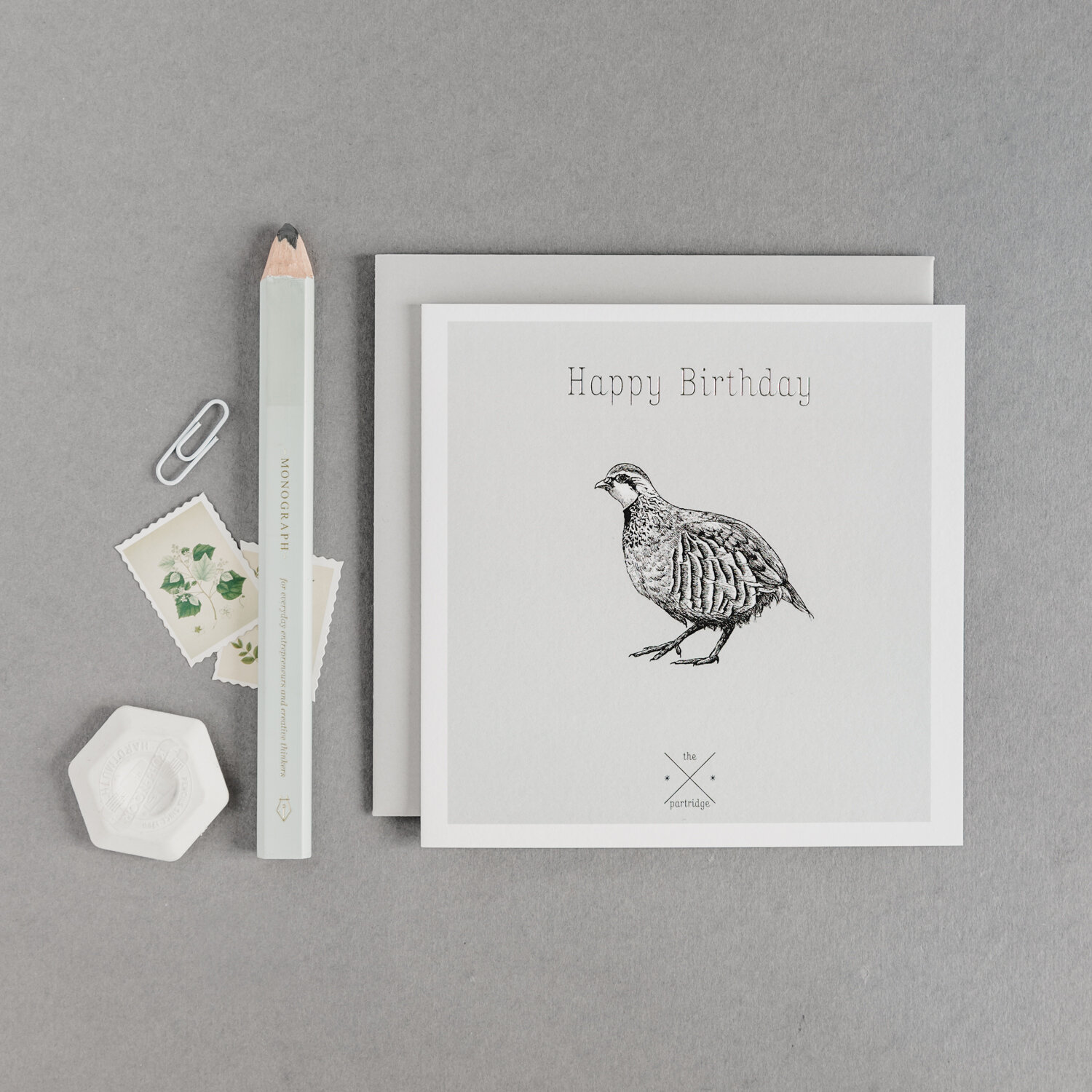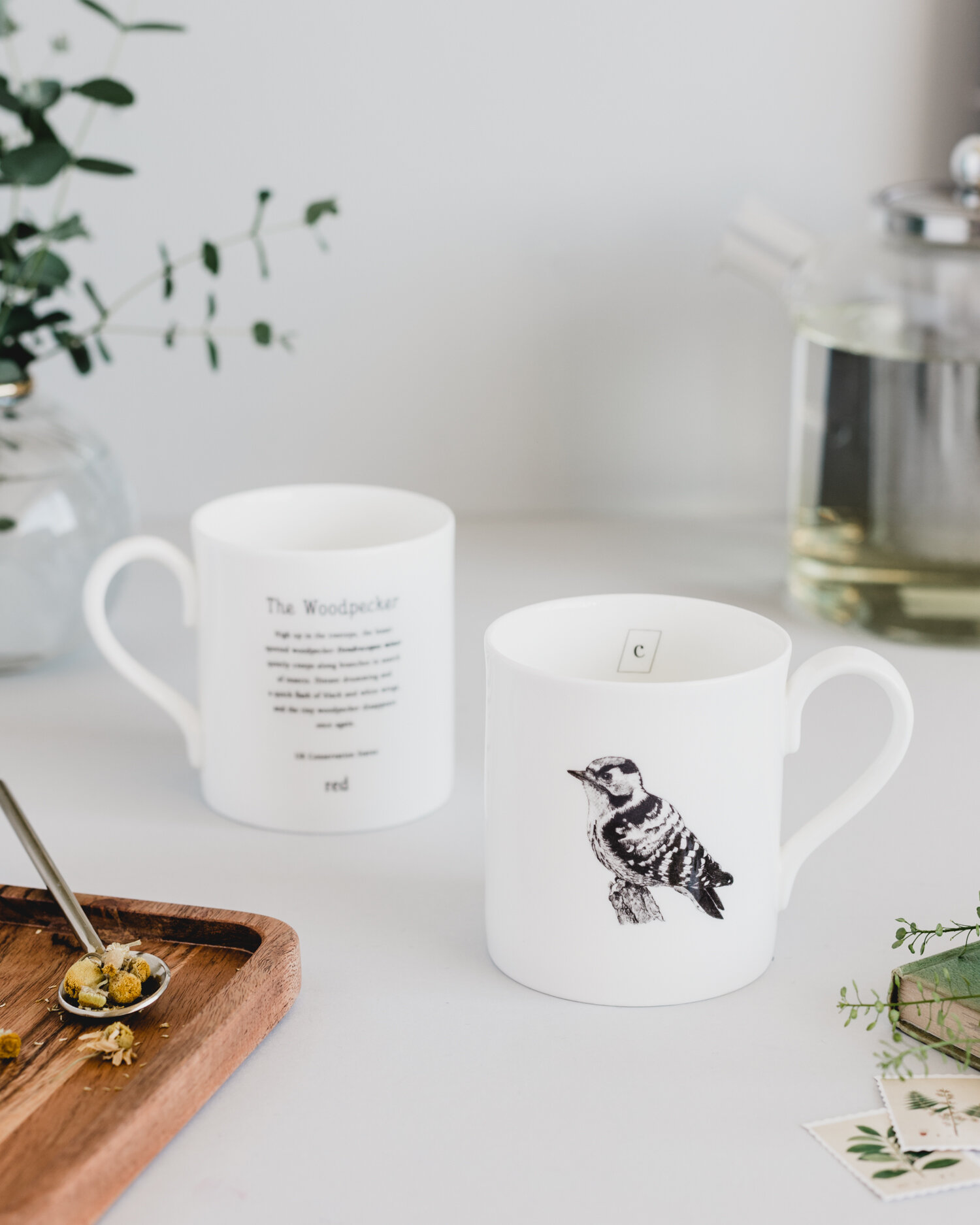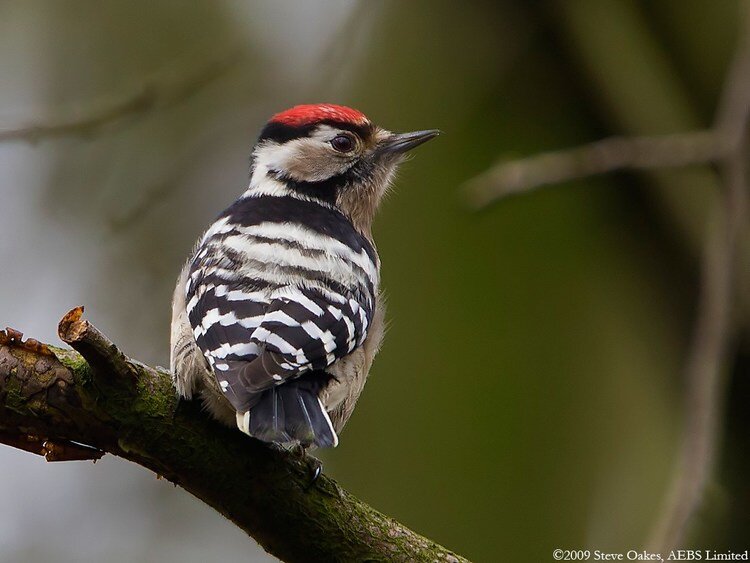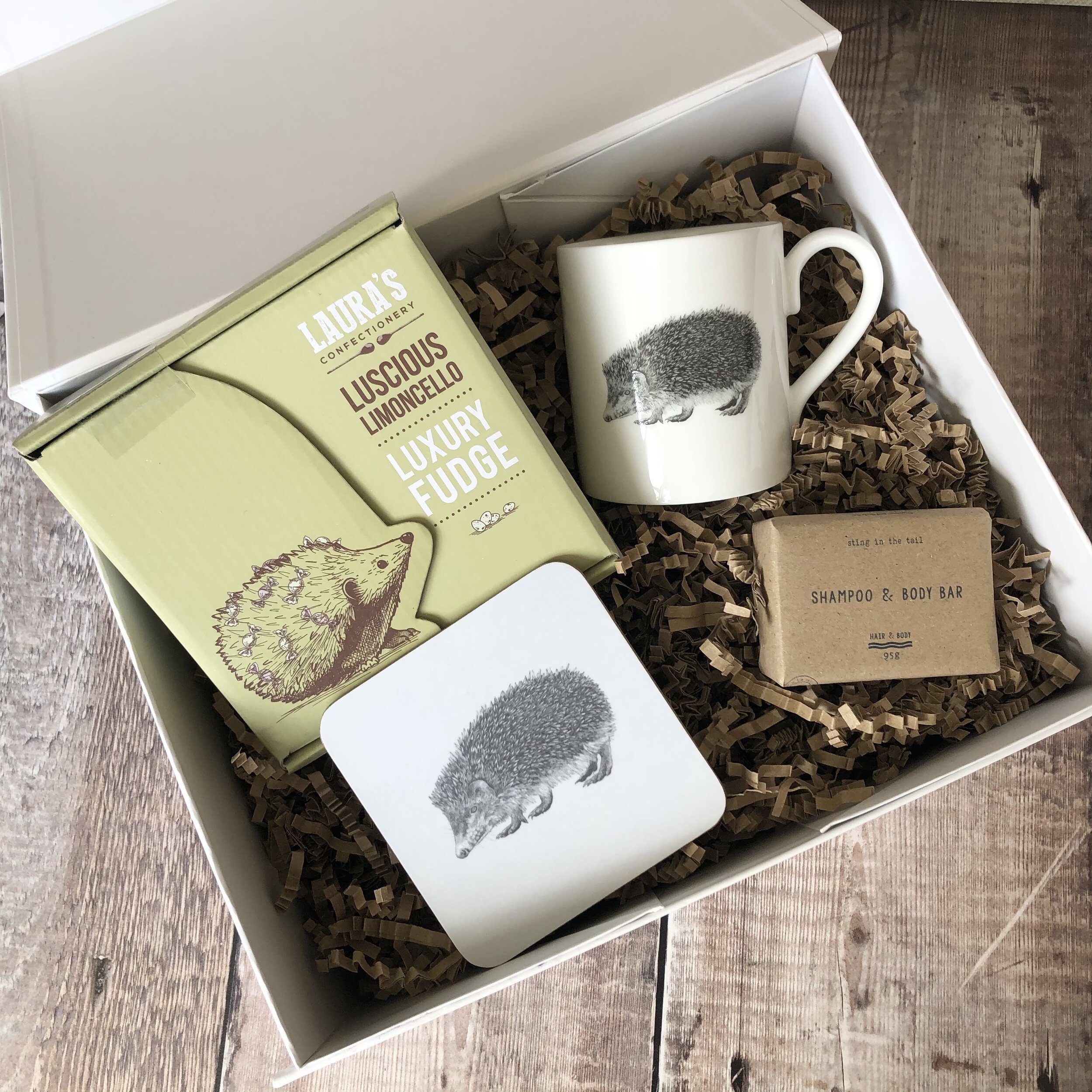By Jeni Bell.

Long tailed tits will always be one of those birds I get excited to see, no matter how many times I see them. It doesn’t matter if it’s the 40th or the 400th time I’ve spotted them, their antics and minute features always make me stop and watch as they flit passed in their carnival flock; like little, tiny trapeze artists.
I recently had a show stopping encounter with a huge group of these adorable birds. I like to think they were following me, but it’s more likely that the path I was taking ran adjacent to an overgrown hedgerow and hazel copse. There were plenty of branches for them to flit from as they foraged for food – although, to them it didn’t seem like work but an enormous amount of fun. Every so often they would alight from their branches and chase each other in tumbling cascades through the hawthorn. Their excited, high pitched calls occasionally interrupted by the flick book sound of their wings as they danced through the canopy. If you believe in fairies, then it would be easy to pin their attributes to this bird - delicate pastel pinks against pied feathers, a long black and white tail, and delicate movements.
They usually travel in flocks, sometimes up to 20, and the one I was watching was no exception. I found it hard to follow one bird, let alone the large number here, so I could only hazard a guess at about 15 birds. Just when you think you had locked onto one and were following its movements through the trees, it would suddenly become two birds, then back to one, then none. I decided it was best to forgo the counting and just enjoy the magic instead.
These votaries of flying birds often contain a few stragglers, and I frequently see blue tits, as well as the odd great tit, accompanying them on their travels. I imagine its safety in numbers. Today though it just seemed to be the lollipop shaped birds, although a brightly crowned goldcrest was skirting through the undergrowth in a similar direction.

When you think about it, they are quite strange looking birds; not exactly svelte and they’re an odd dynamic for flying, although incredibly competent at it. It made me wonder what names they’ve been called before. After leaving these birds to their foraging and returning home I found myself checking Charles Swainson’s Provincial Names and Folk Lore of British Birds to see what folk names this curious specimens have acquired.
Originally it was known as the Long Tailed Tit-mouse but some of the more imaginative colloquial offerings include: Jack in a Bottle, Feather Poke, Pudding Poke, Bum Barrel and Hedge Jug. Strange sounding names and ones that Swainson explains are a result of the nests they build; suspended within branches and densely lined with a treasury of feathers, mosses and cobwebs. Although I think I prefer the ones given to it based on its appearance: Mumruffin and Fuffit – in fact I think a flock of Fuffits has quite a nice ring to it.
As well as being one of the birds I am always excited to see, they are also one of the birds that I’m always sad when they leave. When the flock has passed over head and their calls no longer cut through the spaces between the leaves – it’s like they’ve taken a bit of woodland magic with them. Leaving a quiet, empty space, like the last fizzle of a firework when all that’s left is a faint impression of what was there before.

Find more from Jeni
Love birds? We support the conservation of declining British bird species by donating 10% of sales to wildlife charities. Take a look at some of our favourites below:

Humboldt penguins are classed as ‘Vulnerable’ on the IUCN list but are listed as ‘Critically Endangered’ in Peru. There has been a huge overall drop in numbers of the past 100 years, where Humboldts originally were estimated to be in numbers of almost one million and have since dropped to only 30,000 individuals.
One of our new designs is the lesser spotted woodpecker Dendrocopos minor. I'm sure some of you are not very familiar with this bird and that is one the main reasons we have chosen it for our new designs. To raise awareness and funds for it's much needed conservation.




